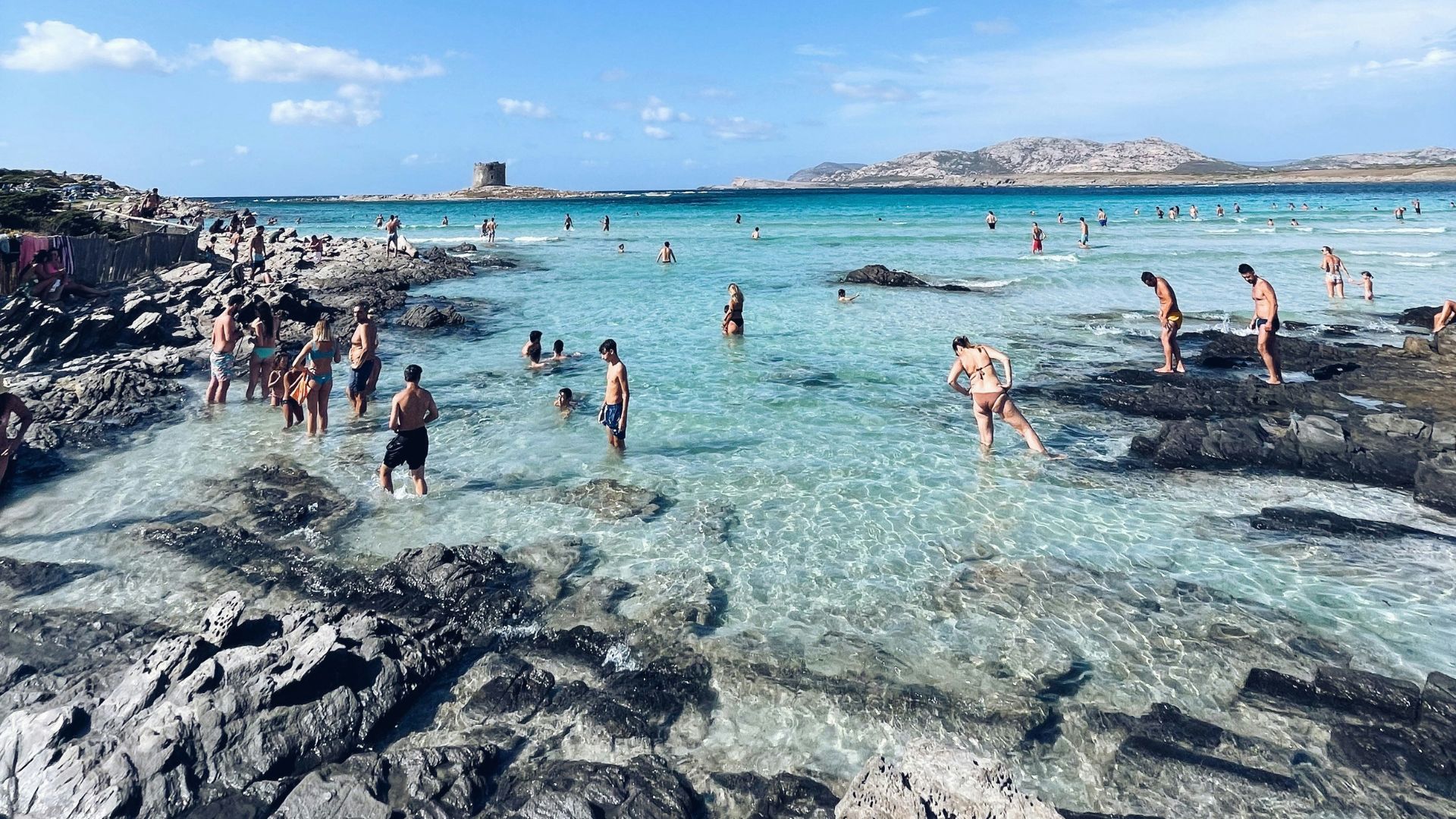Last summer, I stumbled onto what felt like Italy’s best-kept secret—the eastern coast of Sardinia. While most tourists crowd the island’s northern beaches, the eastern shoreline hides pristine coves and hidden beaches that stay wonderfully untouched.
The Baunei Coast and Gulf of Orosei form a paradise where crystal-clear waters crash against wild forests and limestone cliffs. It’s a completely different vibe from the rest of Italy’s coastline.
My trip started in the little town of Orosei. But the real adventure began when I realized I couldn’t just drive to the most beautiful beaches.
Instead, I had to hike through wild terrain or rent a tiny boat to get there. Cala Goloritzé, with its dramatic limestone, and Spiaggia di Tuerredda’s turquoise waters, turned into highlights I’ll never forget.
These secret beaches feel special not just for their looks, but for the thrill of finding them. One morning, drifting along the coast in a rented dinghy, I caught a glimpse of what locals said might have been the legendary monk seal.
Maybe it was, maybe not. Either way, that moment captured the magic of Sardinia’s east—a place where nature still hides secrets for the curious traveler.

Unveiling the Allure of Sardinia’s Eastern Coast
Sardinia’s eastern coastline totally stole my heart. It’s got this rare mix of wild beauty and quiet charm.
Nature really outdid itself here—limestone cliffs, soft white sand, and water so clear it almost doesn’t look real.
The Unspoiled Beauty of the Gulf of Orosei
The Gulf of Orosei is the crown jewel of the east coast. When I explored this 40km stretch, I realized mass tourism hadn’t ruined it yet.
Limestone cliffs shoot up from turquoise water, creating a landscape that feels almost surreal.
Most of the best beaches here only let you in by boat or after a tough hike. That’s probably why they stay so pristine.
I rented a dinghy one morning to see Cala Goloritzé, a beach so stunning that Italy made it a National Monument.
Getting there turned into its own adventure. Every turn along the coast revealed a new cove or secret beach.
Unlike the more built-up western coast, this part of Sardinia keeps its wild, untamed vibe. That’s rare in the Mediterranean these days.
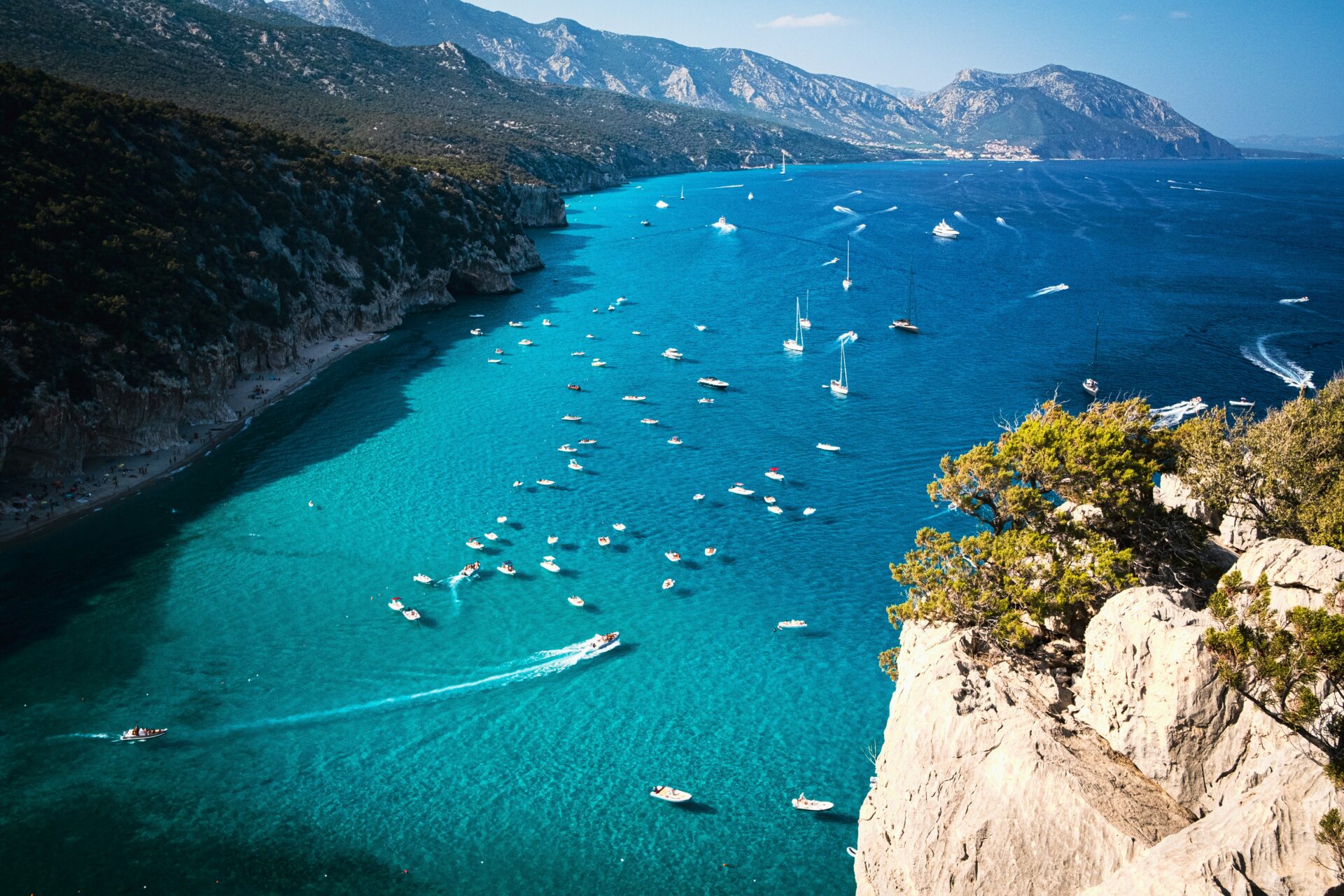
Distinctive Landscapes and Pristine Beaches
Cala Liberotto grabbed my attention with its weird rock formations. They make natural swimming pools right at the water’s edge.
The gentle slope into the sea makes it great for swimmers, even if you’re not super confident.
What really surprised me about these beaches was how different they all felt:
- Cala Luna: A cave-studded beach you mostly reach by boat
- Cala Mariolu: Pebbled shore and water so clear I counted fish way below me
- Spiaggias of Baunei: Golden sand set against rugged mountains
The colors here almost seem unreal—the sea flips from emerald to turquoise to deep blue depending on the sun and depth.
Walking barefoot on that powdery sand, I finally got why locals call this place “paradise found.”
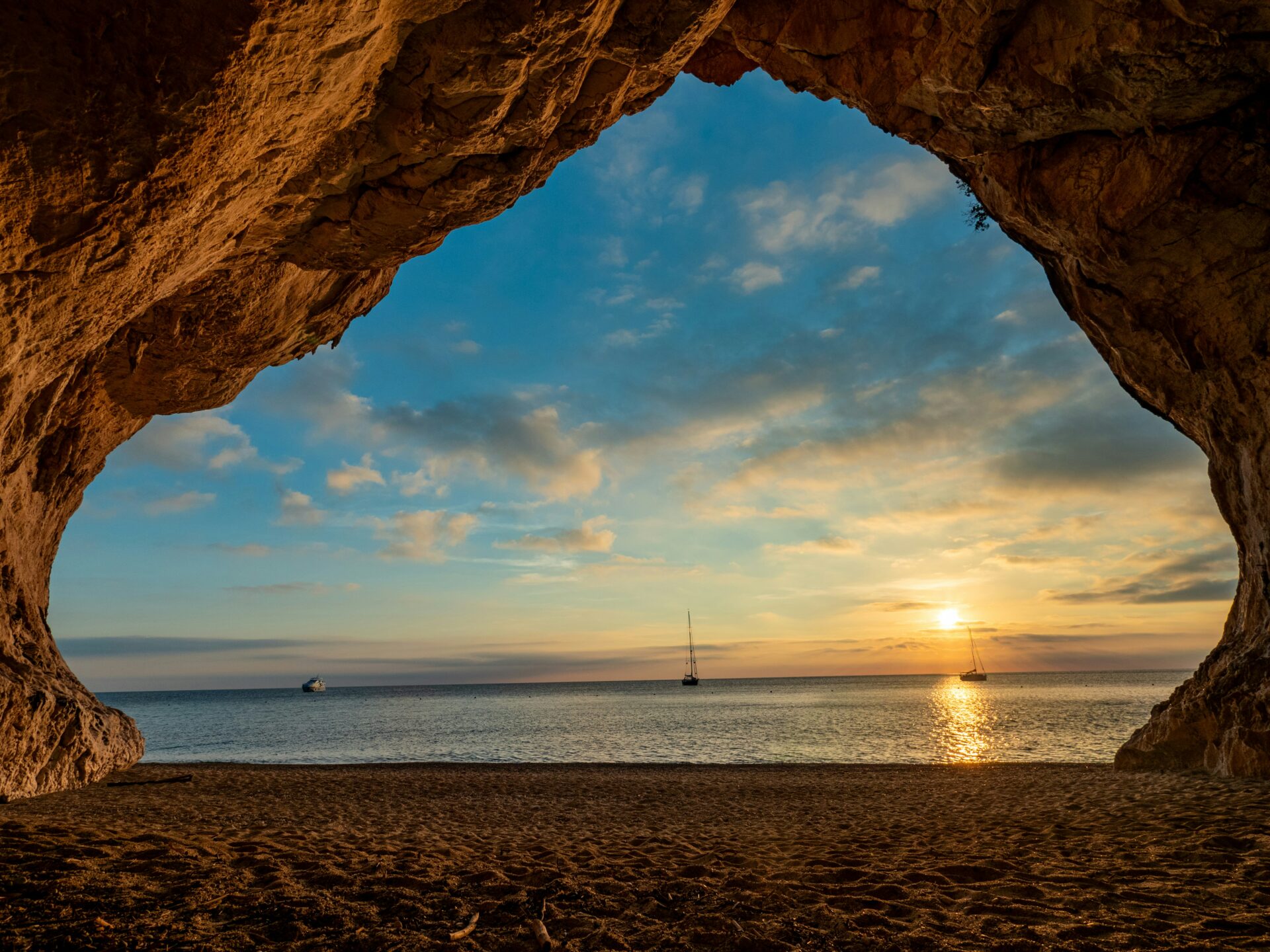
Why Sardinia Remains a Hidden Gem
Even with all this beauty, Sardinia’s eastern coast has dodged the over-tourism that plagues much of the Mediterranean.
The tricky access to many beaches acts like a natural filter, keeping big crowds away.
You still get real Italian culture here. In villages like Cala Gonone, I found family-run restaurants serving fresh seafood and local Cannonau wine.
May through early July or September is the sweet spot to visit. I got perfect weather and skipped the August crowds when Italians go on vacation.
Getting around isn’t always easy, but that’s part of the charm. You have to hike or take a boat to reach a lot of these spots.
This remoteness keeps the environment intact and the culture genuine—something that makes Sardegna feel truly special.
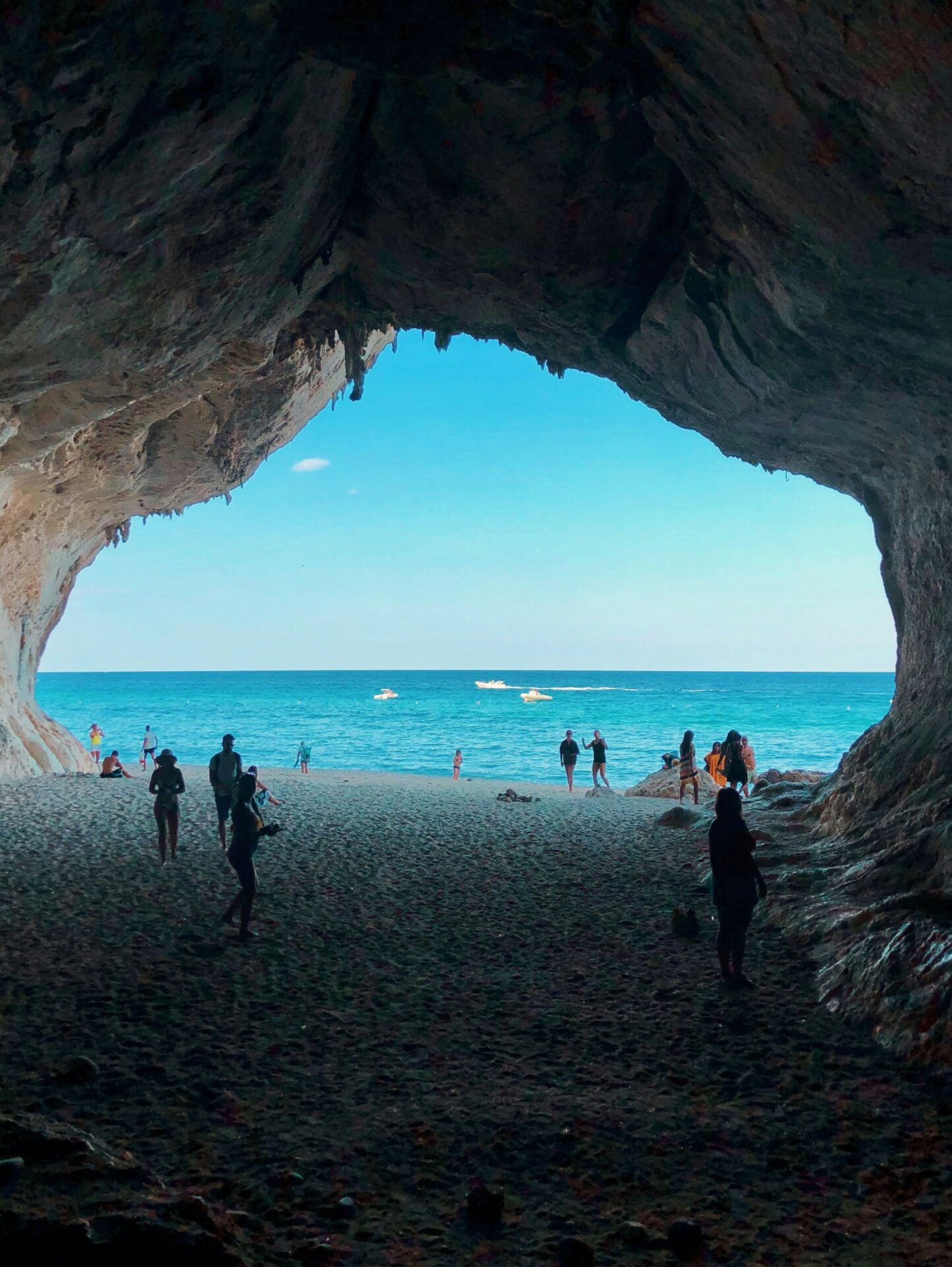
My Journey to the Secret Beaches
Finding Sardinia’s hidden beaches took a mix of research, local tips, and a willingness to ditch the tourist trail.
The eastern coast rewarded me with some of the most secluded and beautiful spots I’ve ever seen.
How Curiosity Led Me Down Untrodden Paths
I kicked things off in Dorgali, staying at a cozy family-run B&B. The owner handed me a hand-drawn map covered in X’s—spots that never show up in guidebooks.
“Follow the shepherd’s trails,” he said with a grin. “You’ll see it’s worth it.”
He wasn’t wrong. Each morning, I loaded my daypack with water, snacks, and my battered sandals, then set out before the sun got too hot.
The Gulf of Orosei turned into my personal playground. Most travelers stick to the famous beaches, but I wanted something different.
Locals got excited when I told them I was hunting for hidden spots.
“You need to try the ones only accessible by boat or hiking,” a shopkeeper suggested as I bought cheese. That tip changed my whole trip.
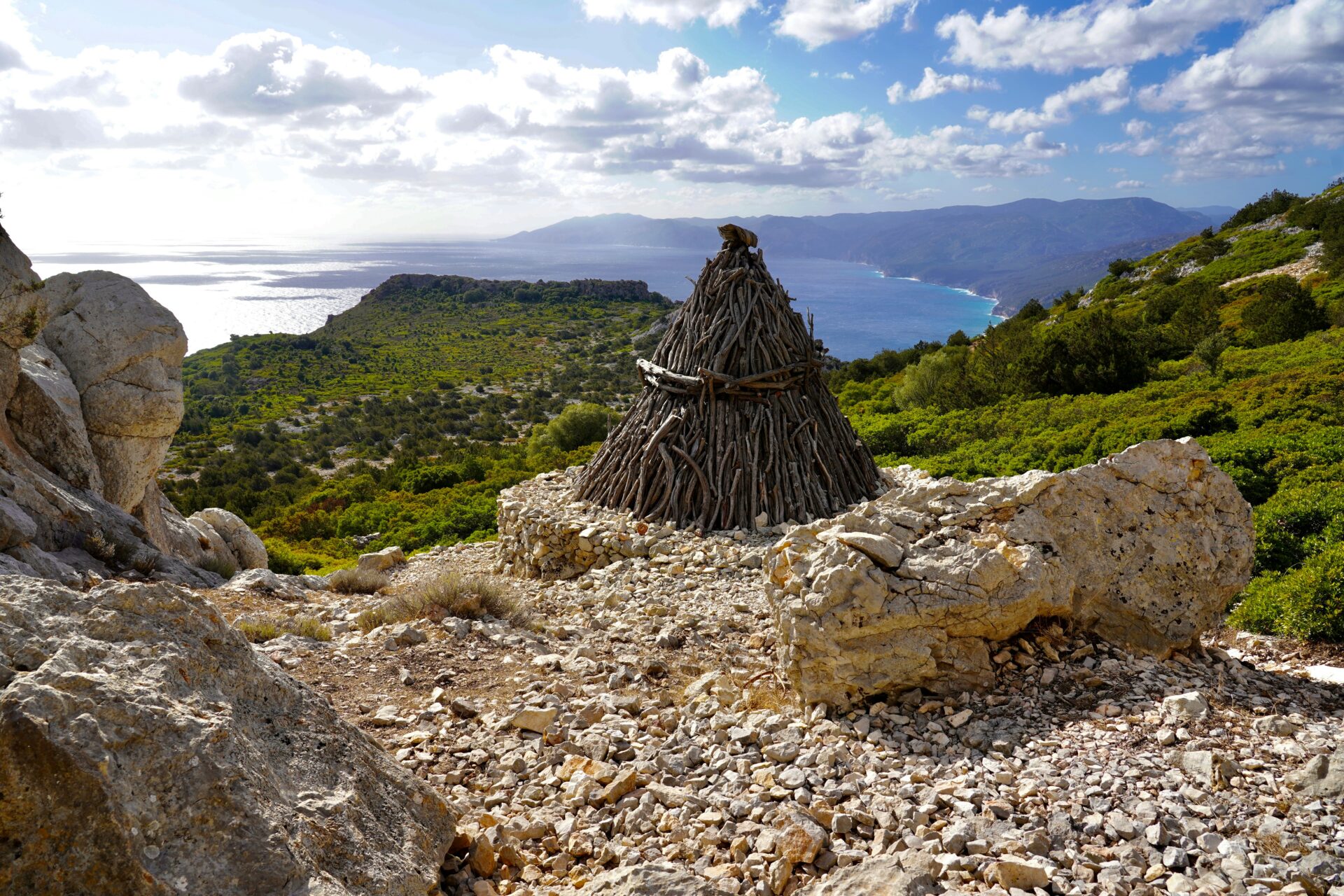
First Encounters with Cala Mariolu and Cala Luna
Cala Mariolu blew me away. I arrived by boat with a local fisherman who ran small tours.
As we got closer, the water shifted from deep blue to a bright turquoise.
“Sailors once thought only seals could reach this place,” my guide told me as we dropped anchor.
The beach’s white pebbles felt smooth under my feet, and limestone cliffs wrapped the cove in a natural cathedral.
I spent hours swimming in water so clear I could see fish darting between my legs.
Cala Luna was a different story. You can get there by boat or by a tough hike—I picked the hike for the views.
The trail wound through Mediterranean scrub and finally opened up to a crescent of sand and caves.
Unlike Mariolu’s pebbles, Luna’s soft sand begged me to stay. Only a handful of hikers and a few boats shared the beach with me.
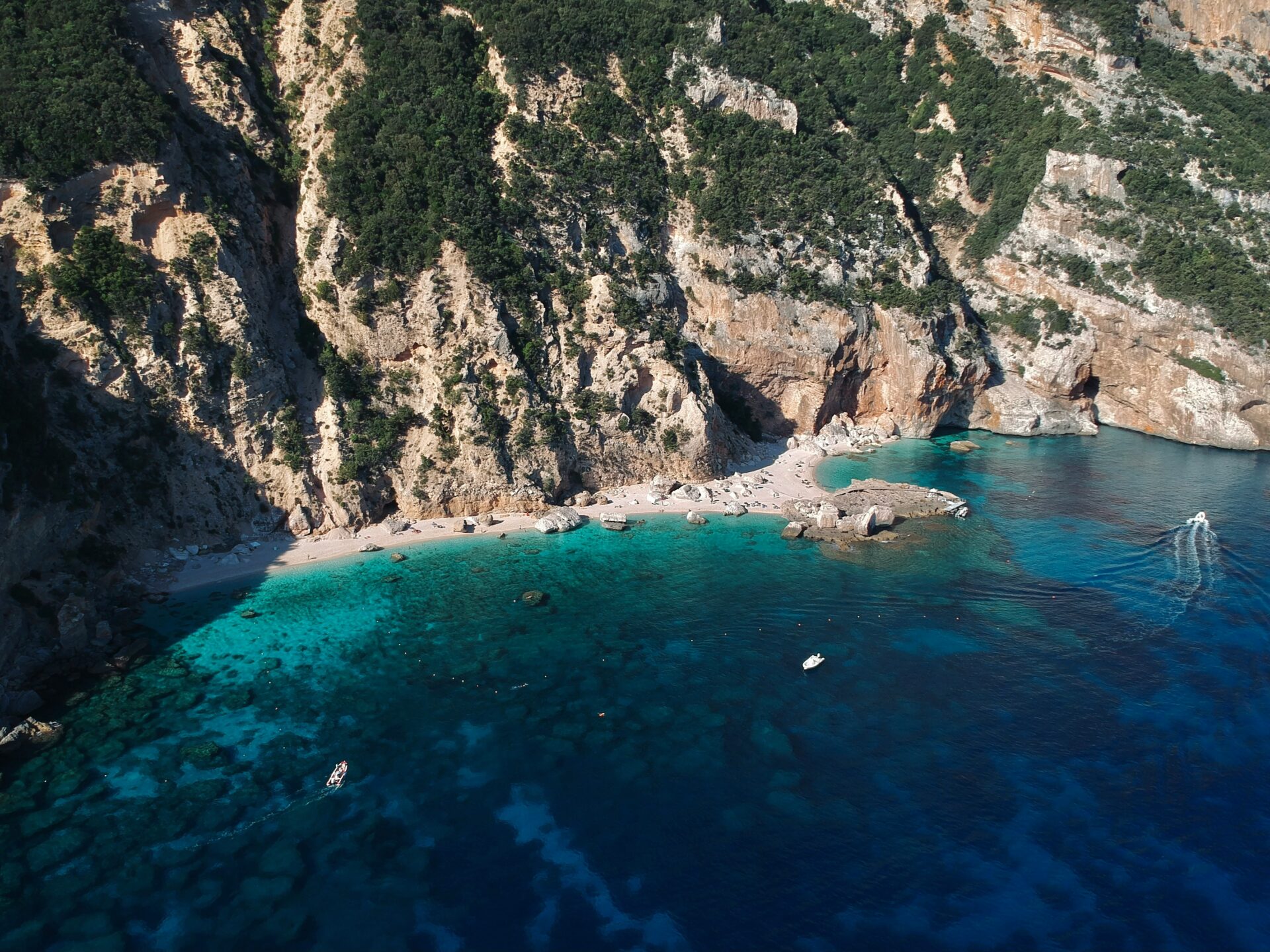
Navigating Rural Roads and Coastal Trails
Getting to these places was an adventure on its own. I rented a tiny Fiat and drove down narrow rural roads twisting through the countryside.
A lot of roads weren’t on maps, so I kept stopping to ask for directions.
“Follow the dirt road until you see three olive trees, then turn left,” a farmer told me. Oddly enough, that actually worked.
From the small parking spots, trails led to hidden gems like Cala Fuili and Cala Cartoe.
I had to scramble over rocks and duck under branches, but the peace at the end made it all worthwhile.
Cala Cartoe became my go-to morning beach. I’d show up just after sunrise when it was completely empty.
The only sound was the waves—perfect for a bit of meditation before the day got busy.
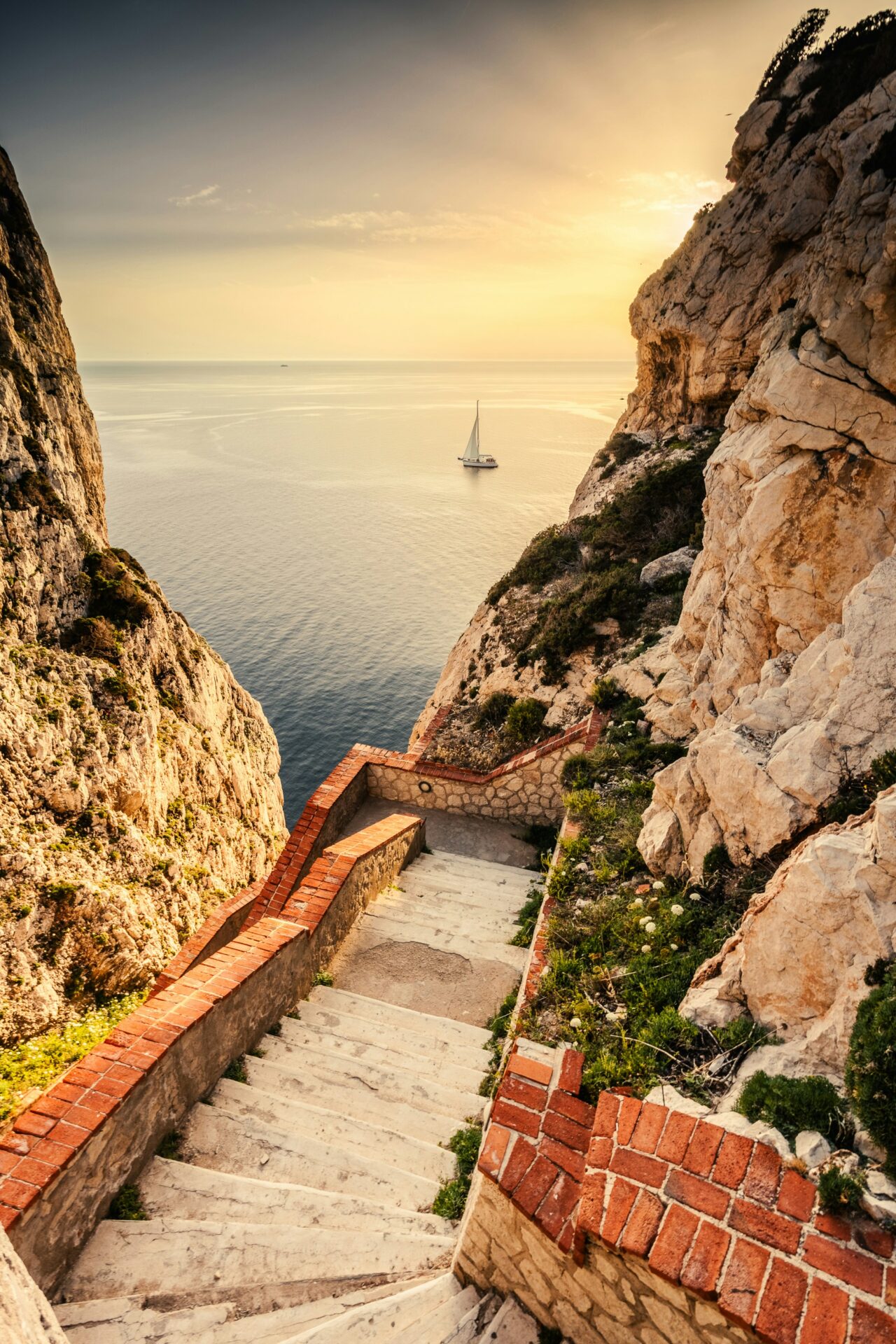
Hidden Beaches Worth Exploring
Sardinia’s eastern coast hides some of the most jaw-dropping beaches I’ve ever seen.
These secluded paradises have crystal-clear waters and wild landscapes that most tourists never find.
Cala Gonone’s Secluded Coves
Cala Gonone quickly became my favorite base for exploring hidden beaches. From this fishing village, I rented small boats to get to beaches you can’t reach by car.
The limestone cliffs around these coves make a dramatic backdrop for the turquoise Mediterranean.
What shocked me was the privacy—even in May, I sometimes had a whole beach to myself.
One morning, locals tipped me off about a tiny cove south of the main beach. After a 20-minute hike down a narrow path, I found a perfect half-moon bay with water so clear I could see fish swimming around my toes.
Marine life is everywhere here. Snorkeling brought me face-to-face with colorful fish and sea urchins, and people even talk about monk seals visiting these protected waters.
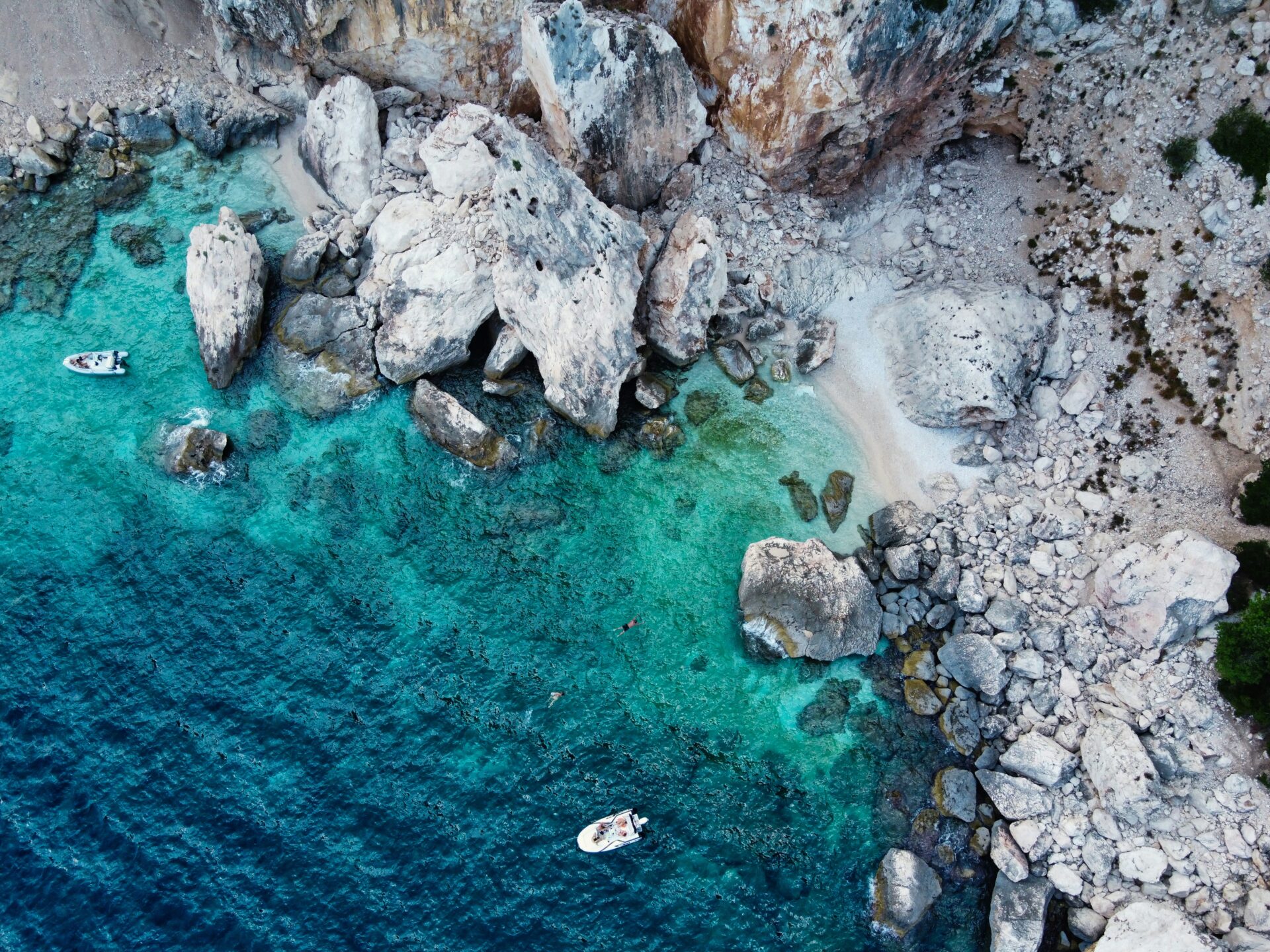
The Sapphire Blue of Cala Fuili
Cala Fuili just stopped me in my tracks with its intense blue water.
You get there by walking down about 200 steps carved into the limestone.
The beach isn’t huge—maybe 150 meters long—but the water goes from crystal clear to deep sapphire in just a few steps.
Massive boulders at the edge make perfect spots to sunbathe.
What sets Cala Fuili apart is the wild plants and animals around it. The scent of rosemary and juniper filled the air as I walked down.
Tiny lizards darted between rocks, and birds of prey circled overhead.
I made it there early (around 8 AM) and had the whole beach to myself for almost two hours. Watching the sun rise over the Gennargentu mountains felt magical.
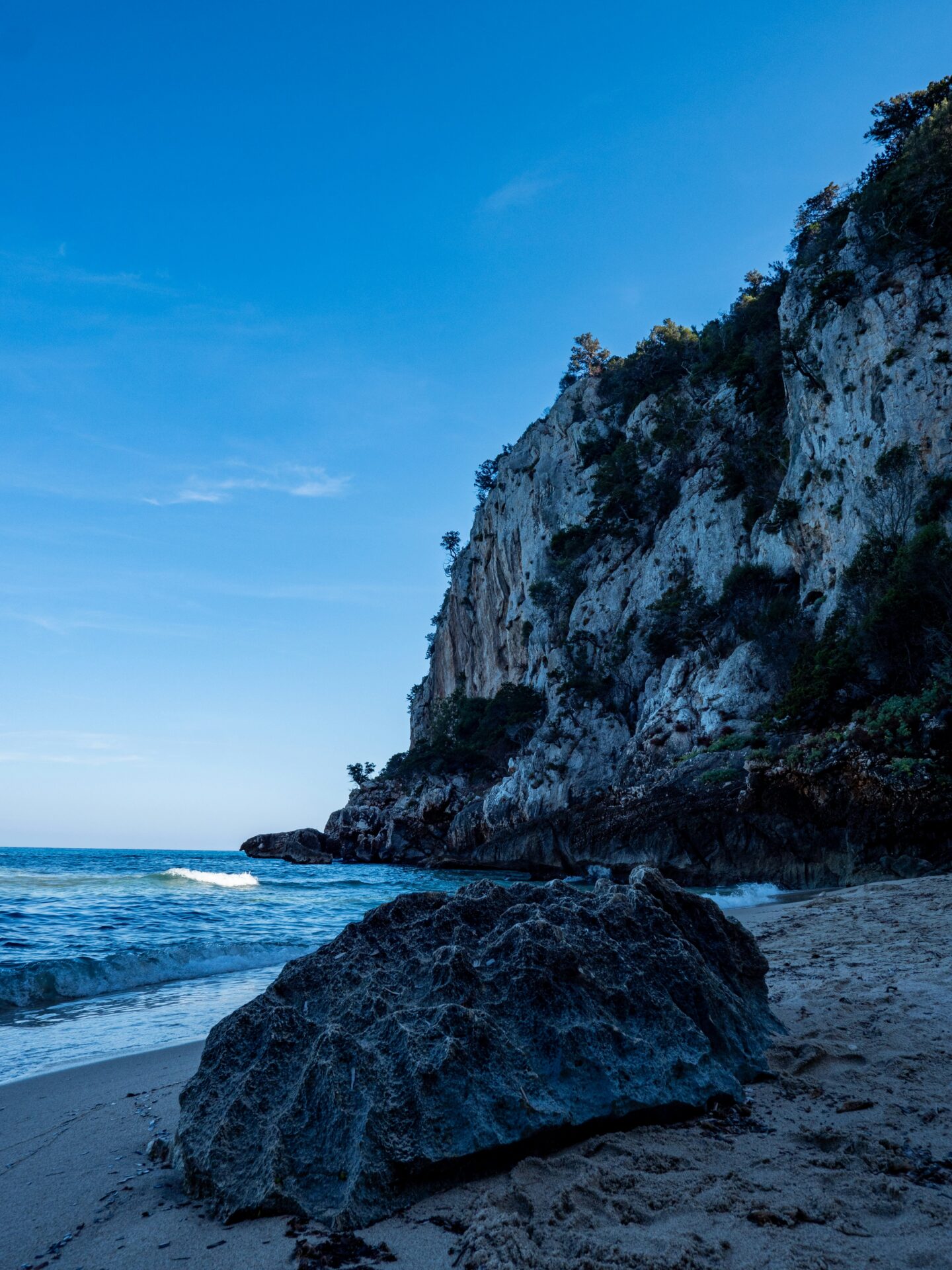
Secret Spots Near Arbatax
Arbatax gives you access to some of Sardinia’s least-known beaches.
The famous red porphyry rocks create a landscape that almost feels from another planet.
I found a hidden cove north of Arbatax after chatting with a local fisherman. He sketched a rough map for me—a beach you can only reach after a 30-minute hike through thick Mediterranean scrub.
When I finally made it, I stepped onto a pristine stretch of white sand framed by rose-colored rocks.
The water was so clear it rivaled any beach I’ve seen, anywhere.
What really caught me off guard was stumbling across ancient Roman artifacts—bits of pottery and glass washed up on the shore.
The isolation here keeps both the natural beauty and these old treasures safe.
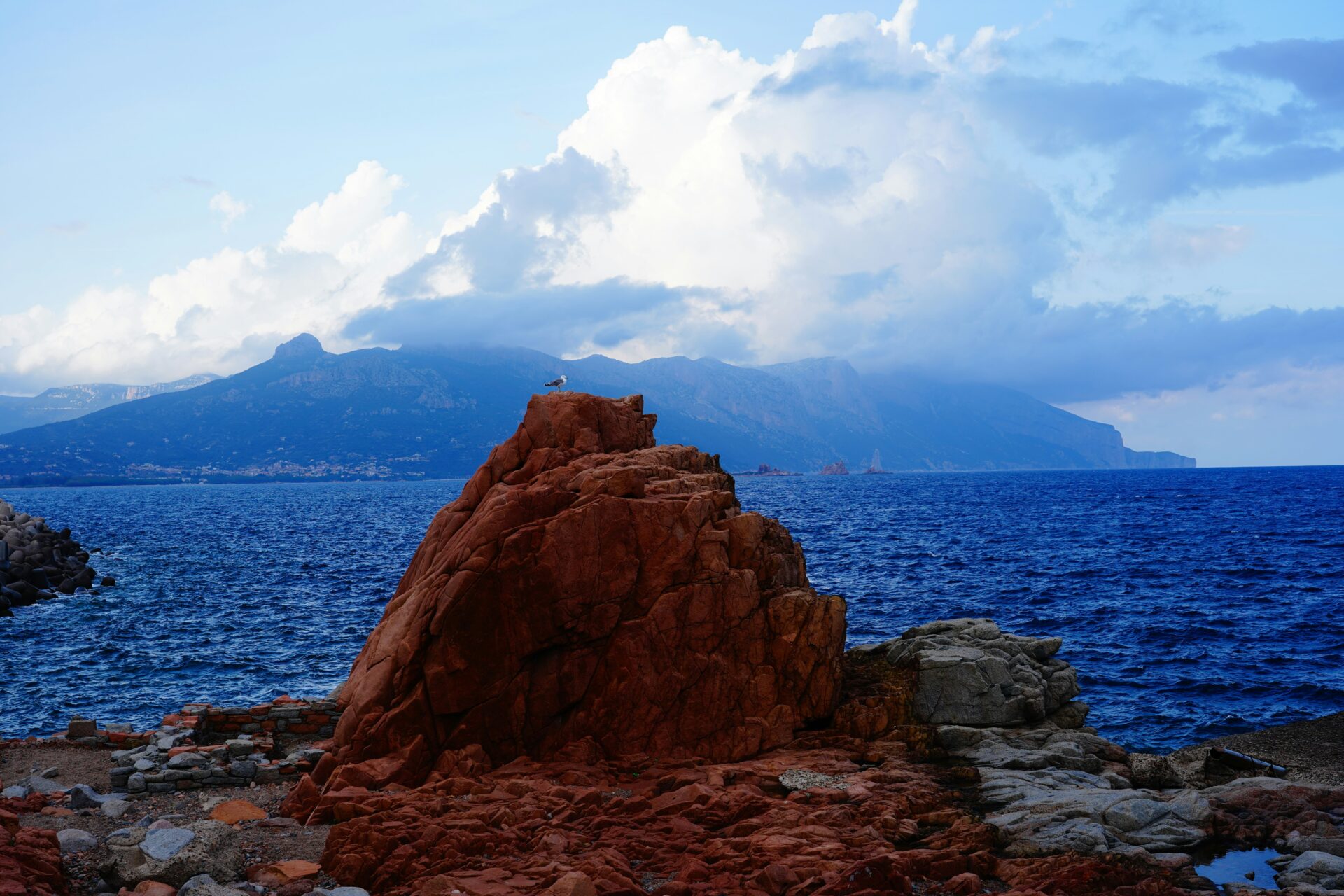
Experiencing Sardinia Beyond the Shore
While the eastern beaches wowed me, Sardinia has a lot more going on than just the coast.
The island’s rich culture, underwater wonders, and mountain traditions gave me an experience I never saw coming.
Diving and Snorkeling With Mediterranean Wildlife
The crystal-clear waters around Sardinia’s east offer some of the best underwater adventures in the Mediterranean.
I spent mornings exploring reefs packed with colorful fish and sea creatures just off Cala Goloritzé.
My top snorkeling spot was near the Lanthia Resort, where I swam with schools of bream and sea bass.
Visibility often reached 30 meters—great for newbies and experienced divers alike.
One day, I joined a local dive group and we found a hidden reef full of red lobsters and even graceful sea turtles.
Diving centers around Orosei rent gear and run guided tours for all levels. Most are family-run, and folks are proud to share their knowledge of the sea.
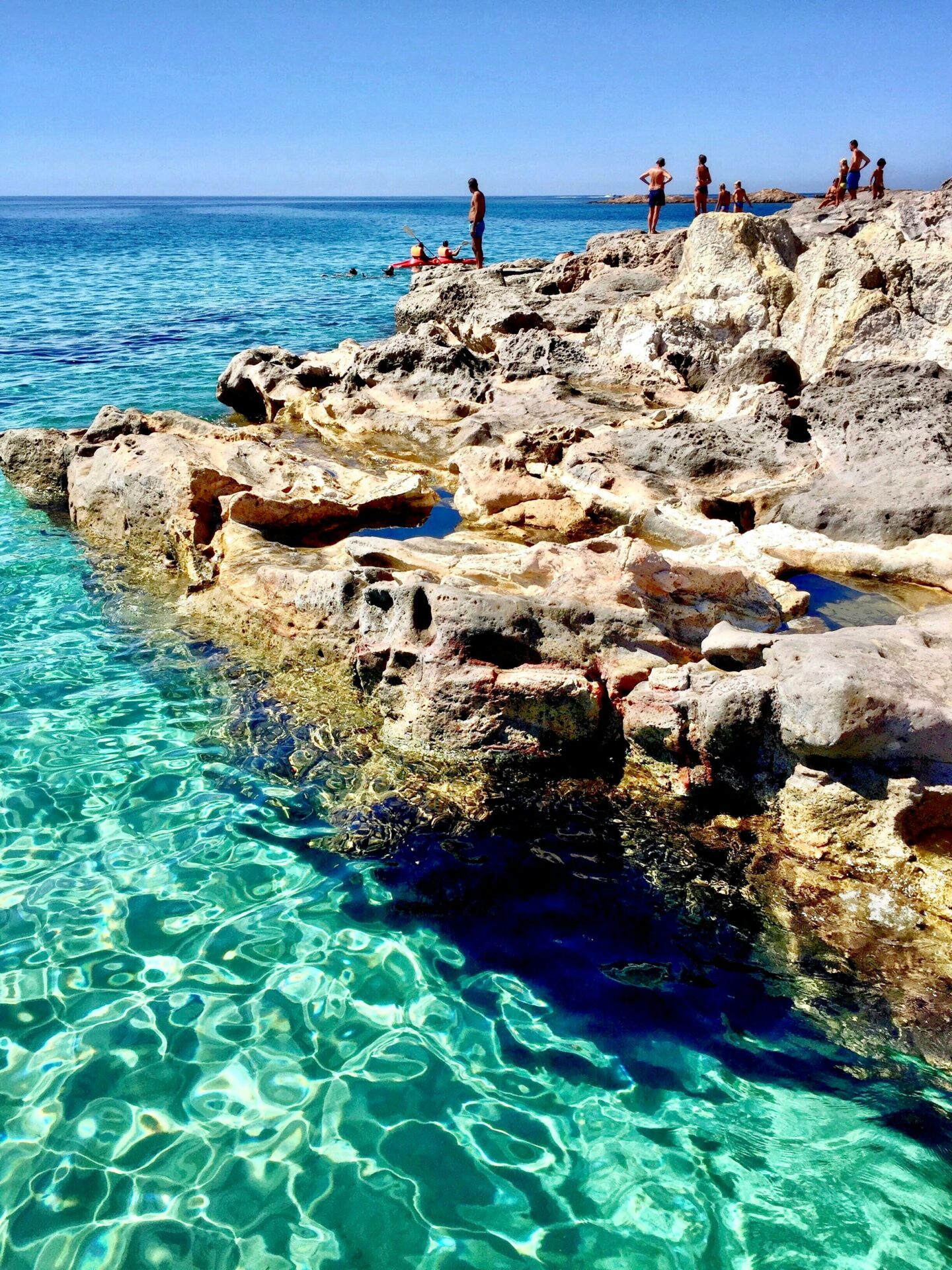
Embracing the Local Culture and Warm Hospitality
The warmth of Sardinian people left just as big an impression on me as the scenery.
In villages like Orosei, locals welcomed me into their homes, even though I barely spoke the language.
I stayed with a family who insisted I join their Sunday lunch. It lasted three hours, with endless courses and lively chatter.
The grandmother kept piling food on my plate and taught me a few words in Sardinian.
Locals are proud of their island and it’s contagious. Shop owners happily shared tips for hidden places tourists never find.
A baker in Orosei even drew me a whole itinerary on a napkin.
Evening festivals in the village squares became a highlight. I watched traditional dances, with locals in colorful costumes, passing down these steps for generations.
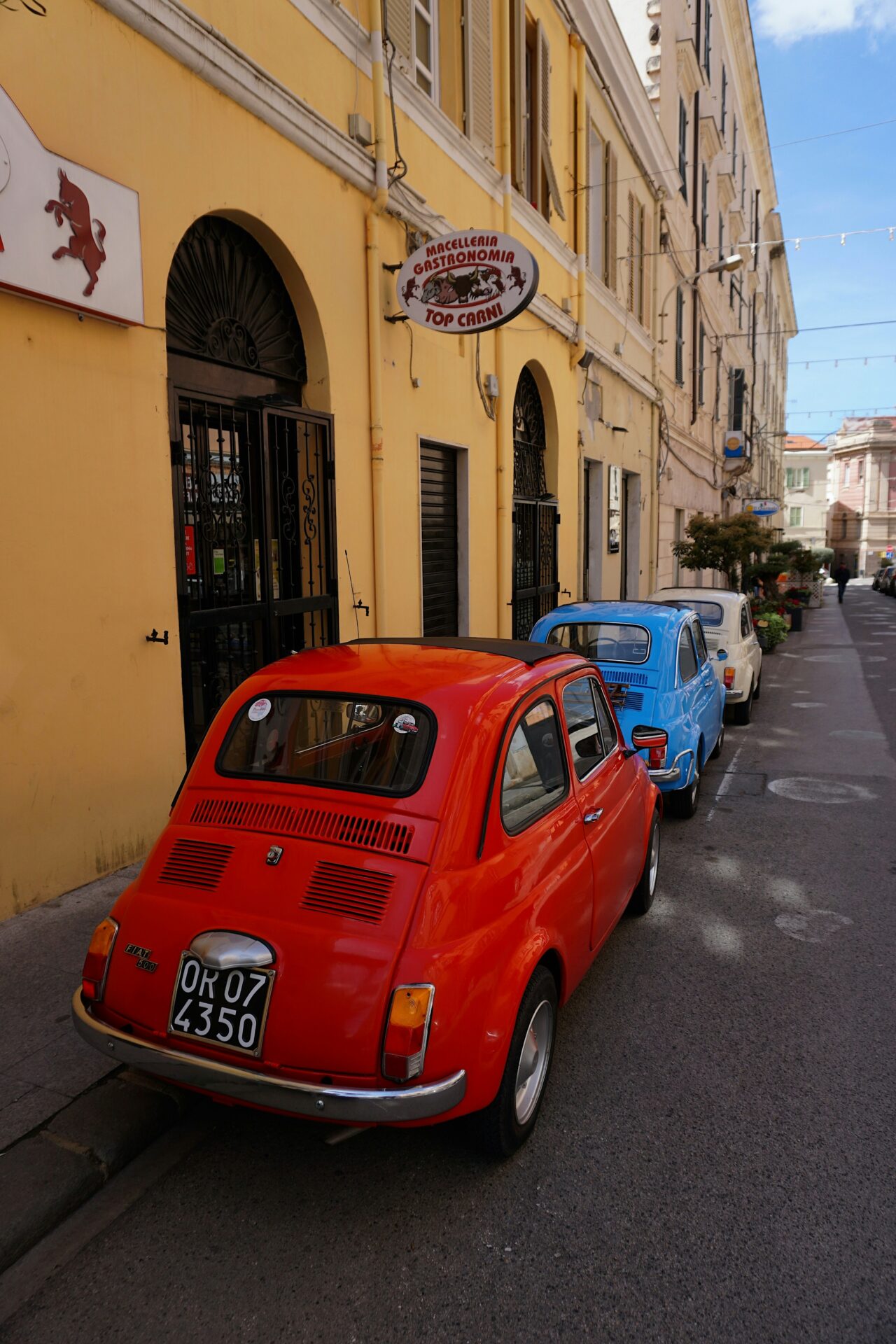
A Taste of Barbagia: Food, Traditions, and Centenarians
Heading into Barbagia, Sardinia’s mountainous heart, I started to understand why so many people here live past 100.
The food is simple and fresh—nothing fancy.
I tasted pane carasau (crunchy flatbread), malloreddus (Sardinian gnocchi), and tangy pecorino cheese from goats grazing on mountain herbs.
Local shepherds let me try their homemade cannonau wine, which folks say helps them live longer.
I got to join a traditional Sunday feast called “pranzo,” where I tried culurgiones—pasta pockets stuffed with potato and mint.
Families gather every week for these big meals that keep their community tight.
What really struck me is how food ties into everything here. Festivals, holidays, and family get-togethers all revolve around dishes made with old-school methods.

Exploring Nuraghi and Ancient Heritage Sites
The mysterious nuraghi—ancient stone towers built by Bronze Age civilizations—dot Sardinia’s landscape like silent sentinels. I wandered through several of these rugged structures and found myself genuinely amazed by their engineering.
Nuraghe Santu Antine stood out the most for me. Its stonework fits together perfectly without a drop of mortar, and somehow it’s still standing after 3,500 years. As I walked through its cool, shadowy chambers, I couldn’t help but feel a strange sense of connection to the people who built it so long ago.
Local guides shared stories about these sites. They said nuraghi probably served as defensive towers and community centers. Some even line up with the stars or solstices—so maybe they had a spiritual purpose too?
I also stumbled upon domus de janas, or “fairy houses”—tombs carved right into the rock. At Su Nuraxi di Barumini, a UNESCO World Heritage site, I roamed an entire prehistoric village clustered around a central tower.
The archaeological museum in Cagliari displays artifacts dug up from these places. I saw bronze figurines there, and they really show off the details of daily life from thousands of years ago.
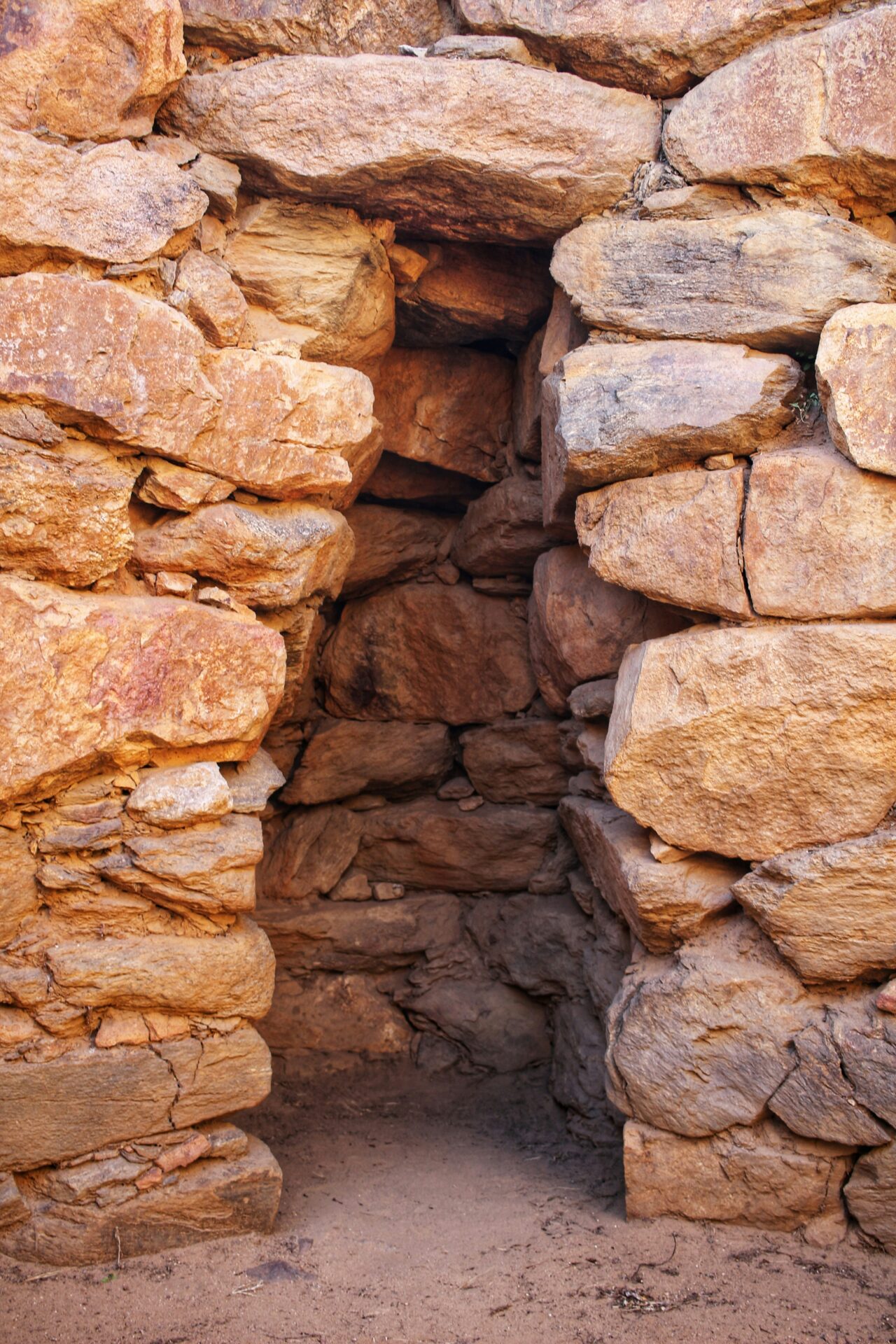
Planning Your Own Secret Escape
You’ll need to plan a bit if you want to find Sardinia’s hidden beaches, but honestly, it’s so worth it. The eastern coast hides some of the most pristine shorelines in the Mediterranean, far from the usual crowds.
When to Visit for the Best Experience
I’ve learned that timing matters a lot when you’re planning a Sardinian beach trip. Late May to early June, and then again in September to early October, give you the sweet spot—warm weather, fewer tourists, and better prices.
During these shoulder seasons, you’ll get temperatures around 25°C (77°F). That’s just right for swimming in the crystal-clear water, and you skip the worst of the summer heat. By September, the sea feels especially warm after months of sunshine.
July and August? Well, those months bring crowds to even the most hidden coves. Italians take their holidays then, and Costa Smeralda gets packed. If you can’t avoid high summer, hit the beaches early in the morning or much later in the day.
I’ve noticed water visibility for snorkeling peaks in June. The spring winds die down, and the sea stays clear before the busy season churns things up.

Travel Tips for Families and Young Children
If you’re bringing kids to Sardinia’s eastern coast, you’ll want to prepare a bit extra. But honestly, a lot of the hidden beaches are surprisingly family-friendly. I always pack water shoes—they’re lifesavers for avoiding sea urchins and hot sand.
Family-Friendly Hidden Beaches:
- Tiny coves near Olbia with gentle, shallow water
- Beaches shaded by pine trees
- Calm bays with barely any currents
Don’t forget snacks, loads of water, and plenty of sunblock. The Mediterranean sun can be sneaky strong! Most secret beaches don’t have any facilities, so bring whatever you’ll need for the day.
Renting a car with good air conditioning makes a huge difference when you’re traveling with kids. I usually suggest going to the beach in the morning, then taking a long Italian lunch and a siesta when it gets hottest.
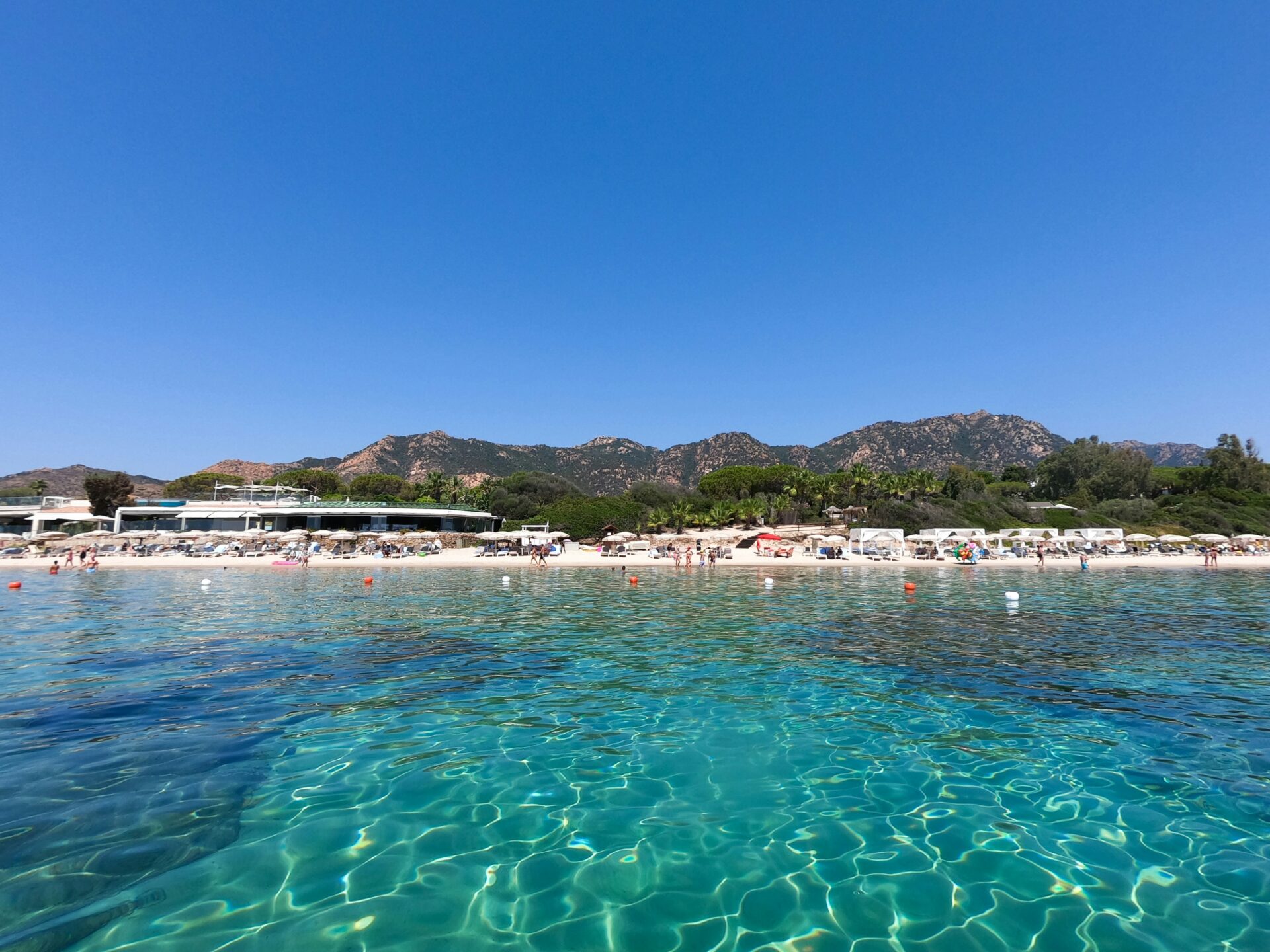
Getting There: Olbia Airport and Local Transport
Olbia Airport on the northeast coast opens the door to Sardinia’s eastern gems. In summer, it gets direct flights from lots of major European cities. From what I’ve seen, booking flights three or four months ahead usually scores the best deals.
When you land, you’ll want to rent a car if you’re serious about finding those hidden beaches. I prefer local rental agencies over big international chains—better prices, and sometimes friendlier service.
Transport Options:
- Car rental (definitely the most flexible)
- Scooter rental (fun, but not much space for bags)
- Private boat tours (pricey, but honestly unforgettable)
- Local buses (they exist, but schedules are limited)
Cagliari Airport in the south can work as an entry point too, but you’ll face a longer drive to get to the east coast. Then again, the road cuts through Sardinia’s interior, and the countryside views are stunning.
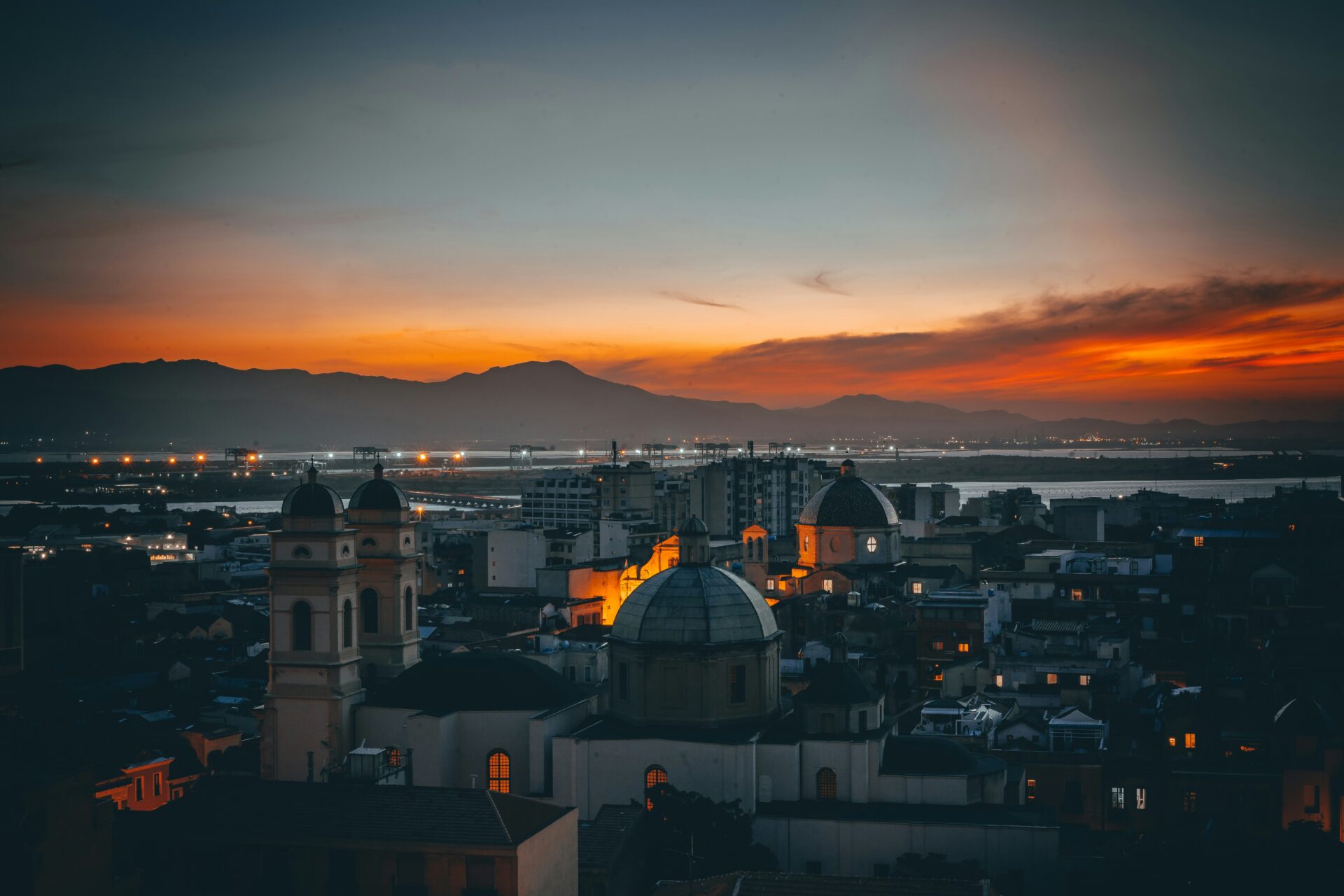
Respecting Nature and Preserving Hidden Gems
Sardinia’s secret beaches still look untouched because people actually respect them. I always follow the “leave no trace” rule—I bring back everything I take with me.
Sand theft? It’s a real problem here. Sure, you might want to grab a little bottle of that gorgeous white sand, but that’s illegal and comes with some hefty fines. Just snap some photos instead; they’re honestly better souvenirs anyway.
A lot of these hidden beaches sit inside protected areas, and the rules there keep them beautiful. Some spots even cap the number of visitors each day, so I try to show up early. I’ve watched this approach work, and it really does help keep these places special.
Don’t slather on sunscreen right before you swim—put it on 20 or 30 minutes ahead to protect the fragile marine life. If you can, go for reef-safe sunscreen or toss on a rash guard for sun protection.

